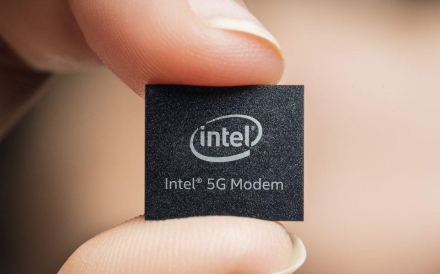
From Forbes:
Ten years ago, if you were a daily commuter, you'd struggle to do much more than watching a few pre-loaded movies or TV episodes or play single-player games on your smartphone as you traveled to work. Today, there are all manner of streaming services which, thanks to 4G, allow you to download and upload high-quality content straight to and from your mobile device.
With 4G being largely established, the next step is 5G, but while it will ramp speeds up massively yet again, it will do much more besides. I spoke toIntel's INTC -1.94% Sandra Rivera - senior vice president and general manager of the Network Platforms Group at Intel, at the recent Consumer Electronics Show in Las Vegas about 5G, what it is and how it represents one of the biggest technological shifts most of us will ever know.
Why 5G isn't just a faster 4G
Antony: 5G is becoming more of a buzzword, but I don’t think people realize the difference between 5G and 4G given that by far the biggest difference to your average person in the benefits between 4G and 3G was speed, seen primarily in our smartphones of course. What benefits does it have over 4G apart from speed and bandwidth?
Sandra: 5G is really the true convergence of computing and communications and the idea that everything that can and should be connected will be. I tend to think of 5G as having both revolutionary and evolutionary elements to it. The evolutionary elements are faster speed on your smartphone, enabled by beamforming and millimeter waves and massive antenna arrays, but essentially they’re all technologies that give you more bandwidth and faster speed.
The revolutionary part is that you’re bringing the compute much closer to the end point – the point of data creation or data consumption. We tend to think of this as person to person communication, or a person communicating with their own data, for example watching movies, using Facebook or Twitch. The benefits of 5G here is that it will bring better experiences, lower latency, less buffing and faster response times. Beyond that there’s the ability for billions of things connected to one another – these things could be any type of machines such as autonomous vehicles, smart meters in a city or a smart appliance in your home or a smart robot in a factory.
